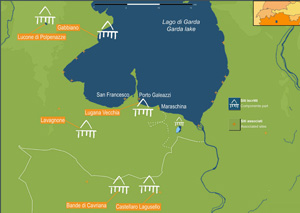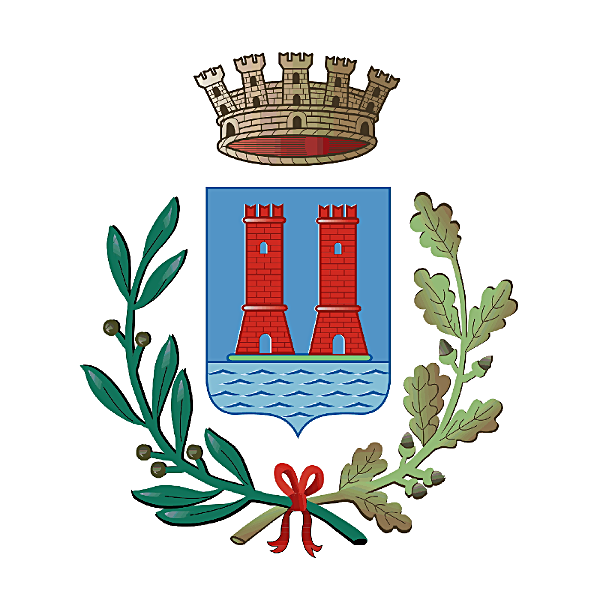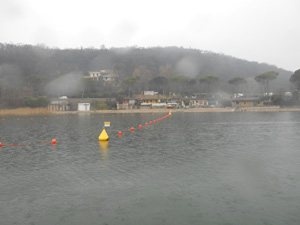The area of Garda is very important for the knowledge and study of Bronze Age pile-dwelling settlements. Pile dwellings are known both along the southern shores of the lake and in the bogs, once small lakes, of the intramorainic basins. In addition to the pile dwellings registered on the UNESCO Heritage List, numerous settlements are known, among which are the so-called associated sites.
 Garda lake pile dwellings (Lombardy)UNESCO transnational site “Prehistoric Pile Dwellings around the Alps” comprises a selection of 111 out of the merely 1000 known archaeological pile-dwelling sites in six countries around the Alps . 19 are located in Italy, 8 in Garda lake area between Lombardy and Veneto.
Garda lake pile dwellings (Lombardy)UNESCO transnational site “Prehistoric Pile Dwellings around the Alps” comprises a selection of 111 out of the merely 1000 known archaeological pile-dwelling sites in six countries around the Alps . 19 are located in Italy, 8 in Garda lake area between Lombardy and Veneto.
In the 19th century, during peat extraction works in the small basin of Polada, near Lonato del Garda, G. Rambotti found the most famous pile dwelling in the history of palethnological studies, which gave its name to the culture that characterizes the Early Bronze Age of Lake Garda: Polada Culture. Pile-dwelling settlements were built in other intramorainic basins as well, such as in Cattaragna di Lonato.
Today numerous pile-dwelling settlements are submerged along the lake shores: San Sivino-Gabbiano in Manerba, Porto di Moniga, La Cà and West Garda in Padenghe, Corno di Sotto near Desenzano, Lugana Vecchia (inscribed site), Porto Galeazzi, San Francesco and La Maraschina in Sirmione.
The Museum exhibits a selection of materials from these pile dwellings, with the exception of the finds coming from San Sivino which are preserved in the Archaeological Civic Museum Valtenesi in Manerba del Garda; in Sirmione Antiquarium delle Grotte di Catullo, a section is dedicated to the pile dwellings found along the Sirmione peninsula.
The buoy field at the Corno di Sotto pile dwelling (Desenzano)
Since 2013 the Museum of Desenzano has undertaken a project aimed at studying and enhancing the submerged site in Corno di Sotto, in collaboration with the Superintendency and Region Lombardy. Underwater archaeologists have verified the exact position of the pile dwelling and the extent of the area containing posts; in addition, 2 core drilling have been made and posts underwent sampling for dendrochronological and xilotomic analysis, which indicated they are made of deciduous oak, namely ROBUR.
In 2018, a buoy field was positioned level with the submerged pile dwelling, indicating its extent. Fishing and dropping anchor is prohibited in this area. In addition, an information panel was installed on the promenade from Desenzano to Monte Corno.






